“A talented person is talented in everything”, sometimes I come across stories of people who clearly demonstrate the essence of this saying. Some biographies have already been included in this cycle, for example, Herman Helmholtz, Antonio Meucci, Daniel Levitin. In the next post I want to touch on three people who are united by the fact that they are all musicians who have created world-famous brands.

Almost always, in the cases described, the passion for music had a direct or indirect impact on the company’s line of business. I deliberately chose such cases and distanced myself from situations where a little-known brand simply used the fame of its founder to promote. Under the cut a few words about Jim Marshall, Dieter Burmester and Remo Belli, as well as the companies that they created.
Jim Marshall - guitar "heads" and cabinets from the drummer
The future creator of Marshall Amplification was born in London in 1923. Jim Marshall had his usual childhood, in which he did not stand out for anything outstanding and did not betray that in a few decades it would be difficult to find a musician who would not know his last name. Moreover, from early childhood, the future musician, designer and businessman suffered from bone tuberculosis and spent a long time in hospitals.
Since the beginning of World War II, Jim, due to illness, avoids the “joys” of the front. During this period, he works as an electrician, and in the evenings he earns additionally as a performer of songs and a drummer in various musical groups. This time Marshall recalled not without regret. Describing wartime, he said that he earned 10 shillings in one concert and, due to the lack of gasoline, was transporting the machine on a trailer attached to a bicycle.
Jim Marshall in the 50sIn the post-war 1950s, Marshall's affairs go uphill, he is known as a first-class drummer and begins to give private lessons. The best-known students of Marshall are Mick Underwood (from the Ritchie Blackmore group), Mitch Mitchell (from The Jimi Hendrix Experience) and Mickey Waller (who worked with Little Richard and other 50s rock stars in the 50s).
Being a drummer and vocalist, Marshall was well aware of the problems of the equipment of his time and set out to create an amplifier that would allow vocals to sound louder than drums. His skills, after several weeks of development, allowed him to create such an amplifier that inspired him to new developments and experiments.
By 1960, Marshall's income already exceeds 5,000 pounds per year, which allows you to open your own music store. The outlet specializes in the sale of guitars and drums, in other words, instruments for performing just appeared rock music. Marshall's customers, knowing him as a person with deep knowledge of electronics, persuade him to develop a guitar amplifier. Following the amplifier in 1962, the first guitar cabinet appears. In the same year, Jim Marshall opens Marshall Amplification.
The first amplifier assembled by Marshall for its customers was a rethinking of the then popular Fender model, which Marshall called JTM45, with a rated power of 45W. Interestingly, the first letter of his name and the name of his son Terry were encrypted in the title.
Success came quickly, after a few years the brand gained world fame. Over the years, the range has grown and expanded amps. By the end of the 60s, Marshall had a reputation as a legendary brand. It is believed that the company's sales in the early 80s were so large that they were able to significantly support the UK economy during a recession. The 4x12 guitar cabinets, designed by Marshall in 1962, are now recognized standards for the vast majority of acoustic guitar manufacturers.
For many musicians, it is inconceivable that a full-fledged performance of works without amplification and acoustics of Marshall. In this regard, the cabinets and the “heads” (amplifiers) of Marshall are included in the standard rider of many famous musicians as a prerequisite.
Having lived a rich and vibrant life, Jim Marshall died on April 5, 2012. Marshall continues to operate successfully, expanding its range of products through headphones, multi-room systems, and wireless portable acoustics.
Dieter Burmester - from bass to Bugatti and Maybach
Dieter Burmester - the founder of the legendary audio brand Burmester Audiosysteme GmbH, was born in Austria in 1946. Six years after that, his family moved to West Germany. The future musician and engineer grew up in Lower Saxony, in the small town of Lüchow.
At the age of 15, Dieter starts to enthrall two things connected to each other - rock music and electroacoustics. From the age of fifteen he begins to master the bass guitar, and from August 1964 he already plays in his first band called The Echos (later Odd Person and Some Folks).

Interestingly, he not only played the bass parts, but also was the vocalist of the band. It is the bass guitar that will remain his favorite instrument until the last days of his life.
In parallel with the music, Dieter strenuously mastered electronics. To be closer to the radio components and the rosin haze, in 1960 he got a job as a technician in the telemasters. It was then that he assembles his first amateur amplifier, as he himself noted - a tube amplifier, since transistors at that time were a relatively rare phenomenon. He then begins studying electrical engineering and telecommunications at the University of Berlin.
Successfully completing the training, the young engineer decides to create his own business, he opens a company to develop electronic medical equipment in the mid-1970s. At the same time, he continues to be actively engaged in music and tries to apply knowledge of electrical engineering to improve the amplifiers that existed at that time for musicians.
In 1977, a case occurs that leads to the emergence of Burmester Audiosysteme GmbH. Dieter decides to purchase a new pre-amplifier with an advanced balanced circuit for that time, which he himself used in the development of medical equipment. After a long search, he does not find anything suitable on the market. As an experienced engineer, he independently creates such an amplifier. So there is 777. According to legend, this is due to the date of completion of the work on the prototype 07.07.1977 year.

With this device begins a rapid ascent to the world audio Olympus. First, the amplifier is asked to repeat friends of Burmester, then friends of friends. So the volume of the first series of the 777th quickly reaches 20 units. In 1978, Dieter understands that orders can secure him for many years, he takes out a loan and opens Burmester Audiosysteme GmbH.
Taking up a huge amount of time as an engineer, in fact, makes it impossible for Dieter to play regularly with the team. Much later, he will re-assemble the composition called Past Perfect and will periodically tour from 1999 to 2007.
Almost immediately, the company begins to position itself as a High End and in a fairly short time develops a full-fledged line of components. It all starts with the serial version of the 777 preamp and power amplifier (developed on its basis). Later, in 1987, one of the early German CD players appeared and its own acoustic systems.
In 1980, the Burmister initiated the development and release of the world's first modular preamp, the Burmester 808. Each module allows you to play sound from various sources, taking into account their features, i.e. in fact, it is a corrective amplifier for an electronic phone, a tape recorder, a CD player, or other digital sources.
The preamplifier has been manufactured for 3 decades, the model in almost unchanged form has reached our time. The main feature of this device, in the opinion of the authoritative publication whathifi, is a wide and deep scene (stereo) with the most accurate location of the CID (apparent sound sources).
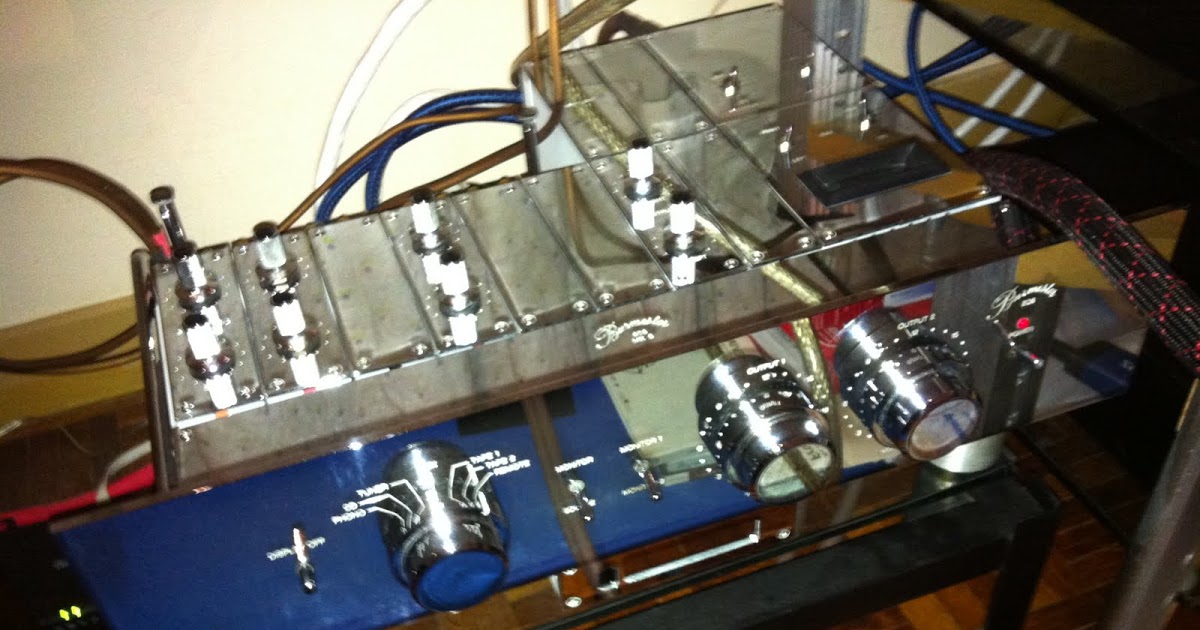
Since the 90s, the company has entered the elite car audio market and begins cooperation with manufacturers of luxury brands Bugatti, Porsche, Mercedes-Benz and Mercedes-Maybach. We can say that the serial elite autosound begins with Dieter and his Burmester Audiosysteme GmbH. In the process of development, the company conducts research on the propagation of sound waves inside the car and the influence of car design on the appearance of sound resonances. In 2005, Dieter with the team of engineers of the company creates a legendary audio system for the no less legendary Bugatti Veyron.
The approach to the development of audio systems for Bugatti, Dieter Burmister, was defined as follows:
“If the world perishes and after thousands of years people will dig up the Bugatti, they
must say that this find reflects the state of automotive technology in those days, and also gives an idea of creating audio equipment as an art form. ”

Since 2009, Dieter, in addition to car audio, opens a new direction - audio systems for yachts, which are successfully developing. The reason for success is considered the use of peremptory approaches in relation to elements and circuit solutions.
The pinnacle of conceptualism from Dieter Burmester is Phase 3 kit, which embodies his ideas about a relatively compact High End with the most advanced and efficient technologies. Characteristic features of this line are high-quality integrated gain in the CD receiver, the use of tape tweeters in the AU and the design in the style of a loft.
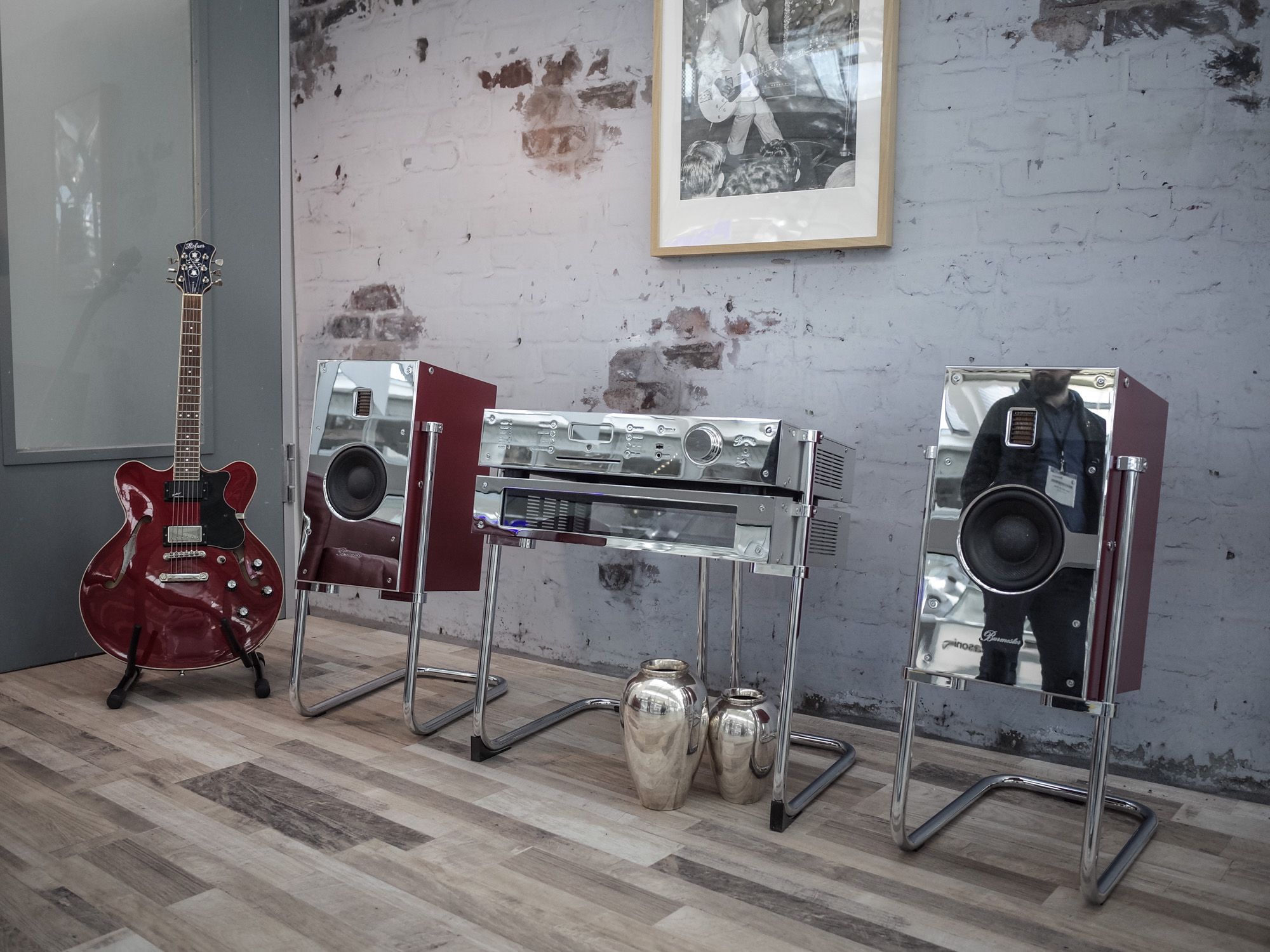
A distinctive circuit design feature of Dieter Burmester amplifiers is the use of direct current feedback, which provides optimal impulse response. Speakers also have features such as midrange and woofers made from papyrus, as well as ribbon high-frequency drivers. All components manufactured by the company are created in Germany and assembled by hand, which eliminates the possibility of a technological defect.
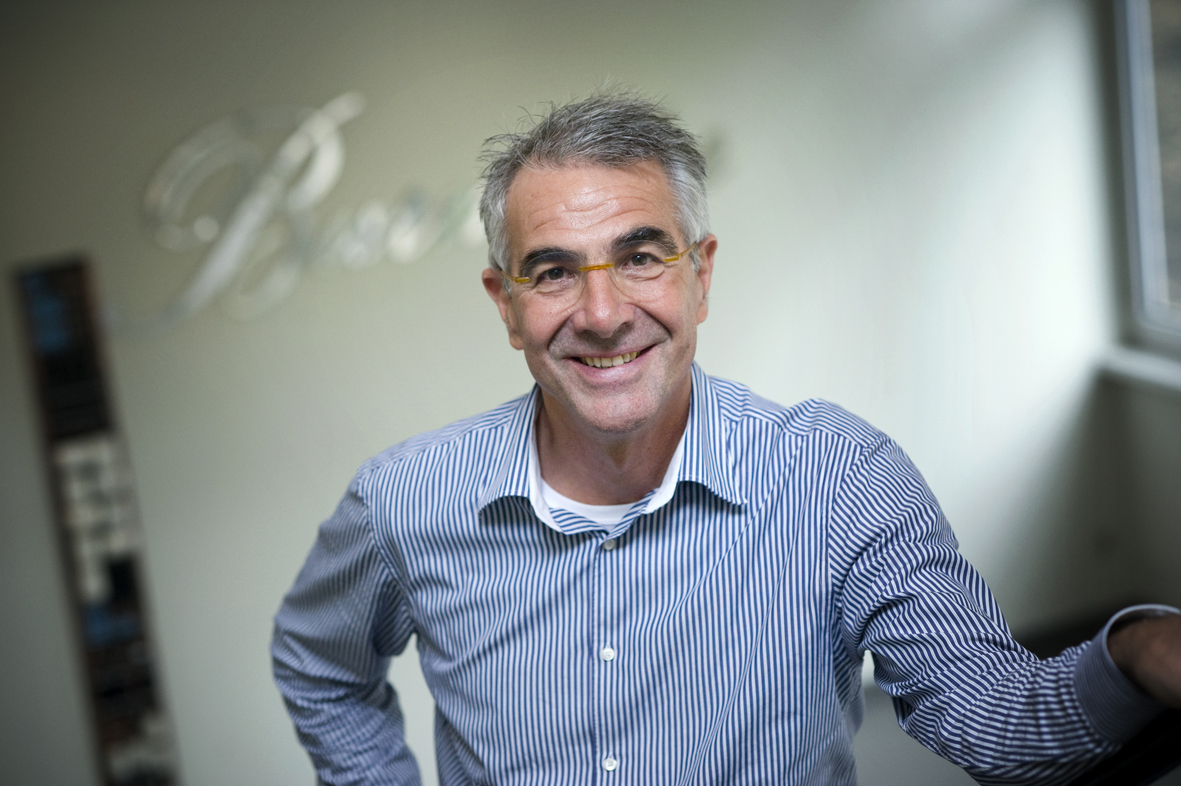
In 2015, the engineer, musician and businessman Dieter Burmester died after a short illness, leaving as an inheritance an efficiently operating company. Despite the death of the founder and ideologue, his work lives on, and the components created by him impress everyone who is able to afford them, many without hesitation call Burmester products the best in the world.
Remo Belly - as a drummer and chemist created a monopoly
Remo Belly is another drummer, whose name has become the world brand of Remo. Today, the company founded by this man is one of the largest manufacturers of plastic membranes for drums.
Remo Belly - born in 1928. Up to the age of 12, he was no different from his peers, but in 1940, he began playing drums. At that time, he had to play in smaller cities such as South Bend and Mishawak in Indiana. A feature of these cities was that they were located not far from Eckhart, in which the production of orchestral musical instruments operated. By the age of 16, Remo becomes a professional.
After graduation, the young musician leaves to serve in the fleet, and on his return begins his career as a jazz drummer. Soon he moved to tours and continued his career in the collectives of actress Betty Hutton, jazz singer Anita O'Day and trumpeter virtuoso Billy Mayem. Much later, becoming famous and rich, to the question about education, Remo will answer: “School. I got the rest from life. ”
In 1952, in Los Angeles, Beli realizes the benefit of his own business and, along with his friend Roy Hart, opens a shop under the explicit name Drum City. The store is located at the crossroads of Santa Monica Boulevard and North Gower Street in Hollywood, such a profitable location opens up an almost inexhaustible source of income, in the neighborhood are the largest film giants of the USA Desilu Studios, Columbia, Paramount.
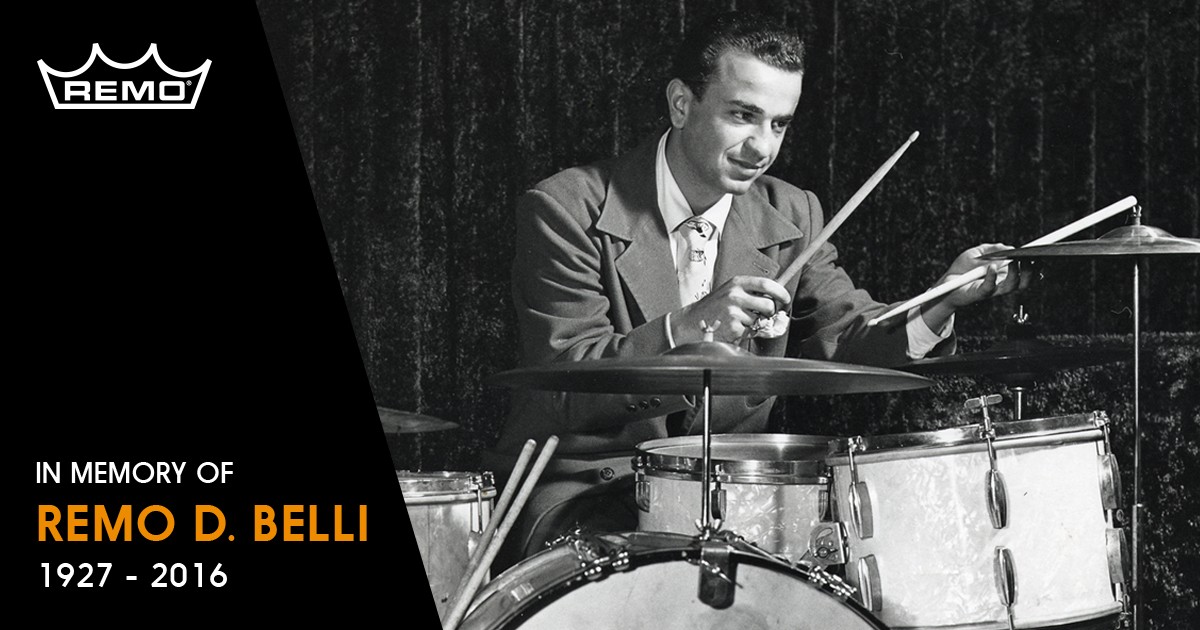
Ensuring a comfortable existence, Remo thought about innovation. Throughout history, leather has been used for drums. This material was extremely capricious, the quality and properties of the skin changed, there was a strong dependence on external conditions and there were constant problems with supplies. All these factors suggested a new material with new properties that was supposed to appear.
A few decades before the events described, DuPont developed the Mylar, which was a polyester film that was used in aviation as a thermally insulating material. This material was rather thin, durable, inexpensive, and, most importantly, not affected by humidity and temperature. When used instead of leather, it made it possible to get quite high sounds, timbre and sound stability that was unique for that time.

The limited, episodic use of Mylar begins in 1953, when it was allegedly used by Jim Irving for Sonny Greer, around the same time, Remo learns about a polyester film that can be used for drums in Chicago. Remo interested in new material and he attached it instead of a leather membrane to the drum stapler.
A little later, Remo met chemist Sam Muchnik, who developed the technology for attaching mylar to the rim, which was key to the success of the invention. The first plastic WeatherKing remo (the king of weather) in 1957 makes an indelible impression on both musicians and technical experts at the Exhibition in Chicago. A few months later, Remo opens mass production and from that moment he almost completely dominates the market.
In the future, the company contributes to the unification and standardization of the size of percussion instruments and from a certain time all the drums begin to be produced as Remo saw them. From the first day of Remo's existence to the present, engineers solve problems in improving the material.
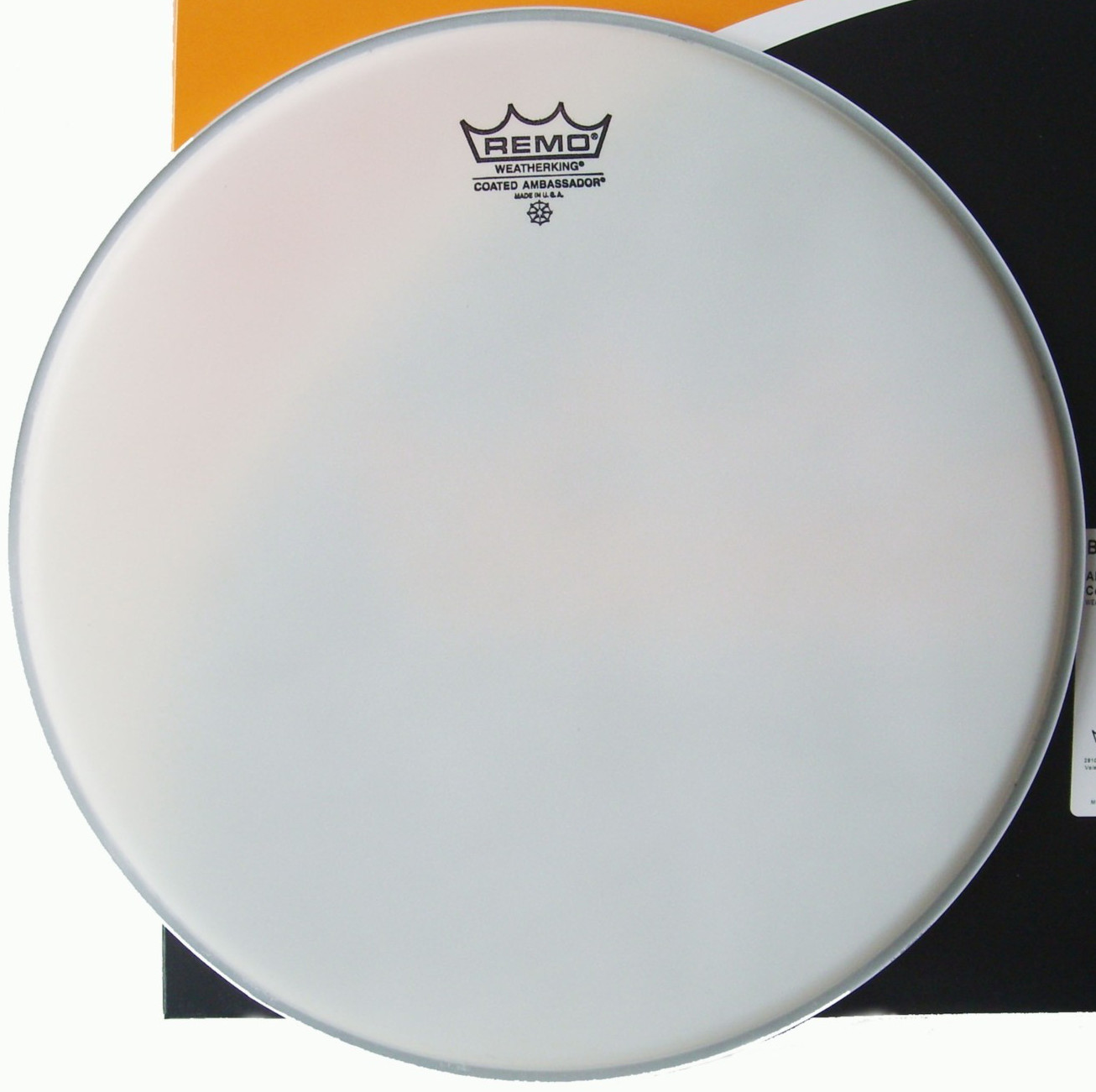
In the 60s there were many childhood diseases that were worked on under the direct supervision of the founding father. So Remo led the elimination of slipping of the film from under the rim, low elasticity and strength of the Mylar. Remo's product came to taste in almost all the stars of the emerging rock. Today, the best drummers of the world, such as Lars Ulrich, Daniel Adair, Tommy Aldridge, Rick Allen, Frank Bird, Mike Bordin, Paul Bostaf and many others, play on Remo's plastics.
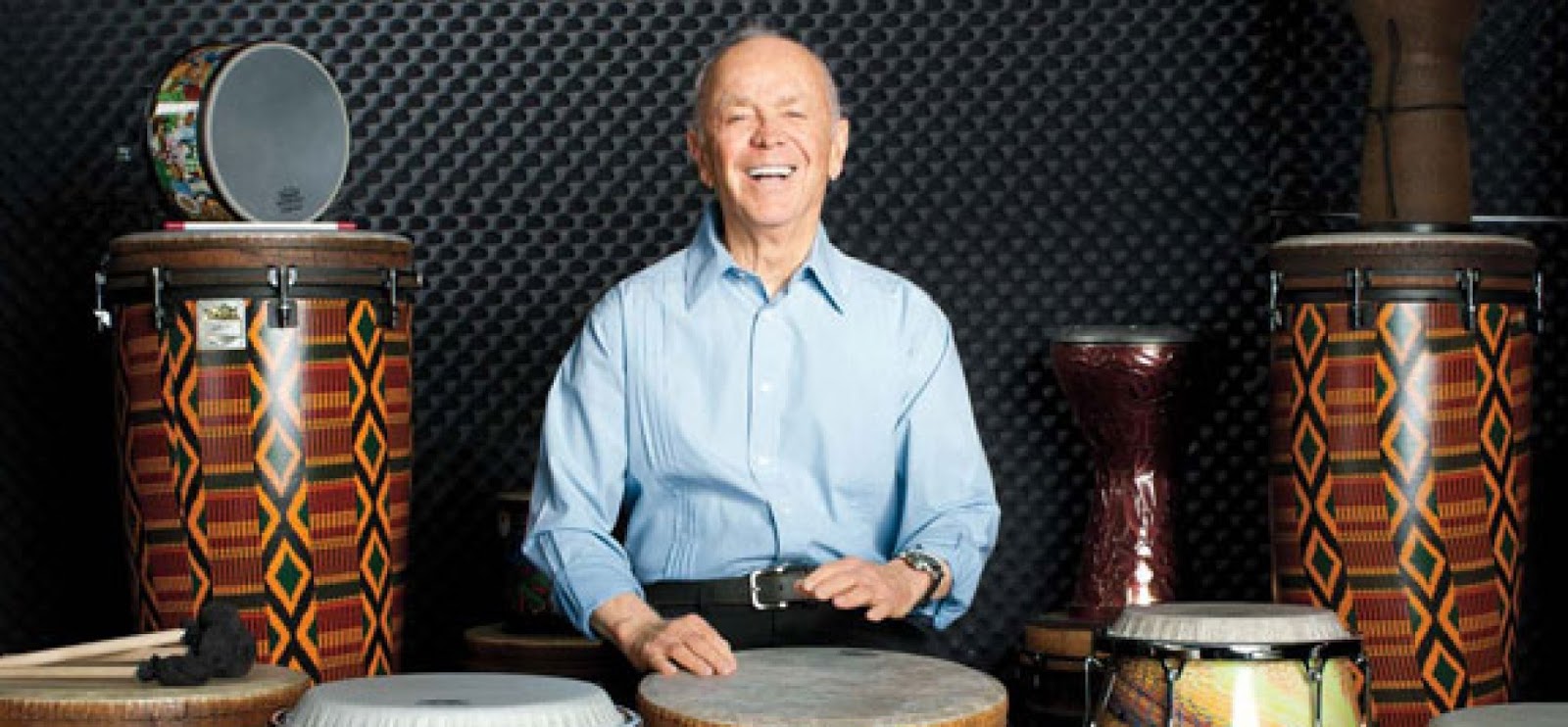
Remo Belly survived until 2016, leaving behind a company whose innovations brought the membranes for drums to technical excellence. Speaking at the end of his life about the prospects of the music industry, he said with conviction that the most promising innovations should be expected from devices and tools for enjoyment, health and well-being, since the professional segment created almost unshakable standards that are satisfied by the overwhelming majority of musicians.
Total
These three biographies well demonstrate that any success has a prehistory, there is a long and often thorny path. They show that nothing arises from scratch, and in addition to talent, innovative thinking, enterprise, experience, and sometimes lucky circumstances are important.